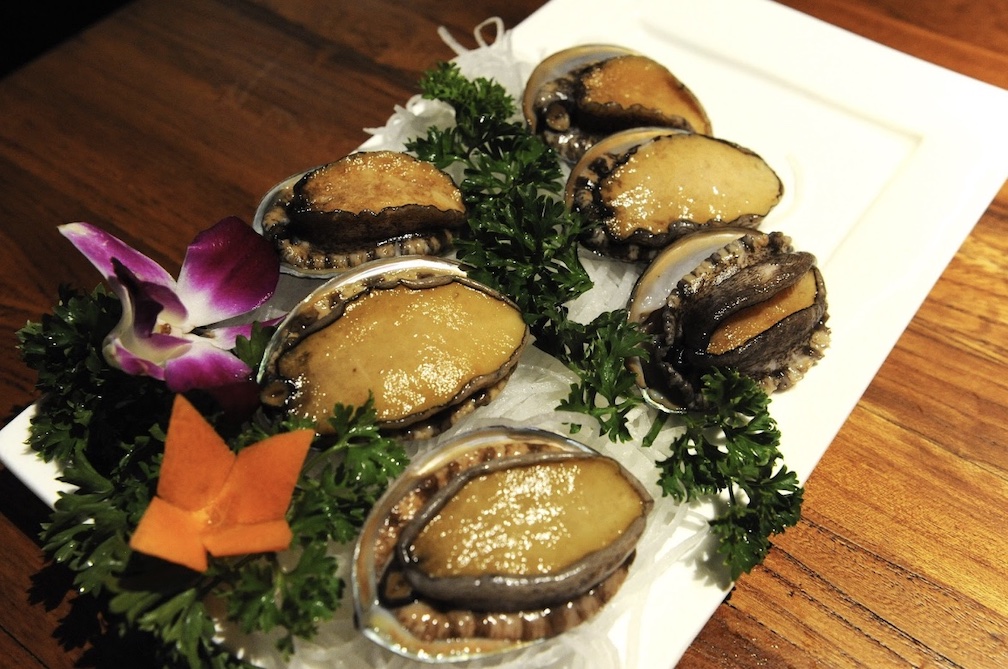The Culinary Adventures of Making Brine Abalone
- Written by The Times

With good reason, abalone is prized as a delicacy in many civilizations. This sea snail is appreciated as an ingredient in many recipes because of its distinctive flavor and soft texture. However, because of its rough and rubbery surface, abalone can be challenging to prepare. In this situation, bringing is used.
In the brining process, food is soaked in a saltwater solution before being cooked. Together with flavoring, this method aids in softening tough meat and seafood, especially abalone. The abalone becomes more soft and tasty as a result of the salt in the brine helping to break down the abalone's proteins.
What You Need to Know About Bringing Abalone
A popular dish that is frequently eaten by seafood lovers and in fine dining establishments is abalone. However, many individuals don't know how to prepare this delicatessen properly Brining is a common technique that can improve the abalone's flavor and texture. To add taste and moisture, food is brined by soaking it in a saltwater solution. The meat can be further softened by the saltwater solution, especially if it is particularly tough. The same is true for abalone, which, if improperly prepared, can be hard and chewy. Brine abalone can help the meat become more delicious and softer.
Preparing Brine Abalone
A highly prized seafood delicacy, brining is one of the most widely used methods of preparing abalone. Brining is a technique that includes immersing abalone for a while in a salt-and-water solution to help tenderize the meat and improve flavor.
It is crucial to make sure the abalone is fresh and thoroughly cleaned before bringing it. The abalone should be properly cleaned in cold water to get rid of any contaminants like sand or debris. Depending on the desired presentation, the cleaned abalone can either be cut into thin slices or left whole.
Benefits of Brine Abalone
With its delicate flavor and sensitive texture, abalone is a type of shellfish that is highly valued. Particularly brined abalone has grown in popularity as a result of its distinct flavor and several health advantages.
Fresh abalone is brined by soaking it in a saltwater solution, which brings out the meat's natural aromas and helps to tenderize it. Also, by preserving the abalone through this technique, it can be kept for longer periods of time in storage.
The high protein content of brine abalone is one of its main advantages. All nine of the essential amino acids that the body requires to create and repair tissues are found in abundance in abalone, making it a superior source of protein. This makes it a fantastic option for anyone who is interested in working out and building muscle.
Steps to Brining Abalone
Humans have been eating abalone, a type of sea snail, for ages. Several cultures consider it to be a delicacy because of its distinctive flavor and texture. One of the most well-liked ways to prepare abalone is to brine it. The abalone is subjected to this procedure, which entails soaking it in a brine solution to taste and tenderize the meat.
Cleaning the abalone completely is essential before bringing it. Abalone can be purchased either fresh or frozen, but it needs to defrost first. The guts, liver, and any further internal organs should be taken out of the abalone to clean it. Moreover, the meat must be well-cleaned before being taken from the shell.





















